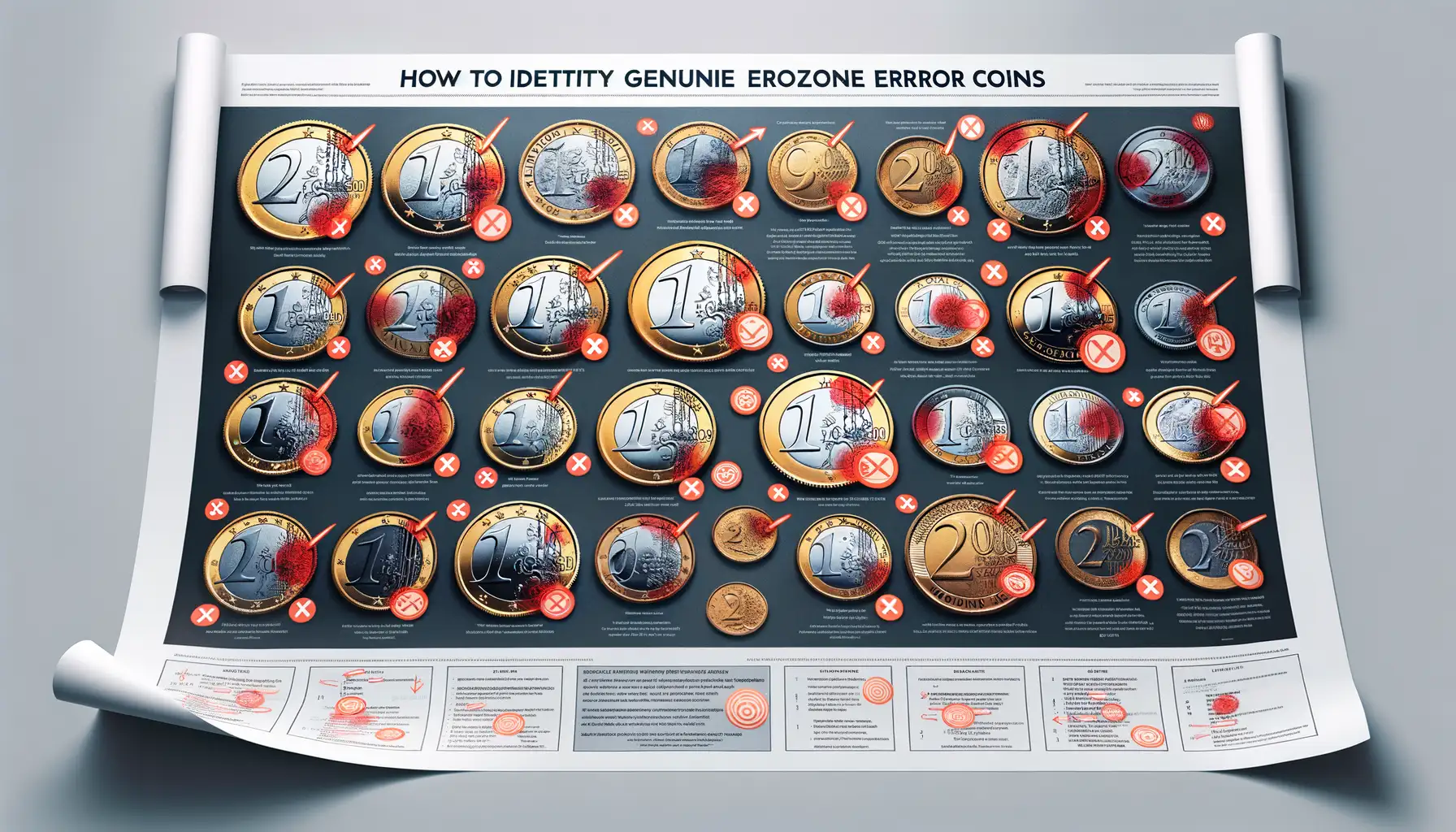Understanding the Concept of an Empty List
What Exactly is an Empty List?
Let’s dive into the heart of the matter: what *really* constitutes an empty list? Picture this—you’re preparing a delightful feast, but when you open your pantry, it’s bare. That’s essentially what an empty list represents in the digital realm. An empty list is a data structure with zero elements. Nada. Zilch. It’s like a blank canvas, waiting for an artist to splash colors on it.
The Emotional Resonance of an Empty List
Now, why should we care about these seemingly insignificant lists? Imagine you’re eager to read a sizzling new bestseller, only to find that every page is blank. Frustrating, right? The same holds true for users landing on a webpage expecting valuable content but encountering an empty list instead. It’s like a series of unfulfilled promises.
But let’s put a positive spin on it. An empty list isn’t just a void; it’s a world of possibilities! It can be a testament to choices yet to be made, adventures yet to unfold. It’s an invitation to create, to innovate, and to fill that space with meaningful and engaging content that will captivate your audience.
Common Scenarios Where Lists Might Be Empty

Unpredictable User Behavior
Ever hosted a dinner party and had no one show up? Feels pretty awkward, right? That’s the digital equivalent of some empty lists. Sometimes, folks just don’t bite. Maybe your well-designed filter for that fancy shoe store suddenly shows zero results because everyone’s searching for something else. Users can be unpredictable!
Mismatched Data
Imagine you’re arranging a family photo album but can’t find photos from summer 2019. Similarly, in data-driven systems, sometimes lists might end up empty due to mismatched or missing data. Let’s say you have a filter on your blog to showcase posts about “eco-friendly tech,” but oops, no articles have that tag yet. Cue the ghost town theme.
Common Scenarios:
- Empty search results because users input unconventional queries.
- No items in a shopping category because stock levels weren’t updated.
- Filtered content with no matches due to overly strict criteria.
So, next time an empty list stares back at you, think: unmet expectations, like a rainstorm during a picnic. It’s not just about the blank space; it’s about understanding the nuances behind it.
Impact of Empty Lists on SEO and Content Strategy

Why Empty Lists Can Be a Silent SEO Killer
Imagine you’re hosting a grand dinner party. Guests arrive, expecting an array of delicious dishes, but instead, they’re met with barren tables. That’s what empty lists do to your website visitors—they promise value but deliver nothing.
When it comes to SEO, these **empty lists** are sneaky saboteurs. They may appear harmless, but they can silently tarnish your website’s reputation in the eyes of search engines. Imagine Google as a meticulous librarian. It scans your content for relevance and completeness. Empty lists? They scream “incomplete” and send negative signals.
More than just SEO, think about user experience. Picture this: You’ve clicked on an enticing link, brimming with anticipation, only to find… nothing. Frustrating, right? You wouldn’t want your readers to feel that way. Engaging content means delivering on your promises—providing that anticipated value.
- Search engines might penalize you for lack of content.
- Users might bounce, increasing your website’s bounce rate.
A wise content strategy avoids these pitfalls. Fill those lists with rich, meaningful information or—if necessary—remove them altogether. The goal is to keep your audience both intrigued and satisfied, like a masterful storyteller weaving a captivating tale.
Best Practices for Handling and Optimizing Empty Lists

Transforming Empty Lists into Opportunity Goldmines
Empty lists, just like an unfilled diary page, can stir a whirlwind of emotions. But, there’s a silver lining! Handling these empty spaces the right way can turn them from a void to a goldmine of possibilities. First off, always treat your audience like royalty. You’d never leave someone waiting without a word, right? Similarly, an empty list should never feel like dead-end alleyway.
Communication is key. Keep your users informed with engaging messages or prompts such as:
- “No items here yet! Add your first one to get started.”
- “Looks a bit empty, doesn’t it? Let’s fill it up with something great!”
Embrace Creativity and Engagement
Think of empty lists as blank canvases. They offer you the chance to be innovative and engaging. Incorporate visually appealing graphics or animations to make the waiting period delightful. Embed relevant and enticing content that can guide and inspire action, like tutorials, success stories, or popular trends.
Finally, don’t let SEO slip through the cracks. While optimizing, remember that every word counts. Use descriptive tags and keywords, ensuring search engines still find value in seemingly “empty” spaces.
By embracing these strategies, you’ll turn the dreaded emptiness into a thriving space for growth and interaction.
Conclusion: Embracing and Managing Empty Lists Effectively

Why We Shouldn’t Fear Empty Lists
Imagine an empty list not as a failure but as uncharted territory brimming with potential. It’s like finding a blank canvas ready for your creative masterpiece. Sometimes, the absence of items gives clarity and focus—like a peaceful, uncluttered mind after a deep meditation session.
Embrace empty lists! They whisper, “Here lies an opportunity.” When navigating the seas of SEO, an empty list can be your signal to pivot and innovate. Instead of seeing zeros, envision possibilities: what new content could fill this space? What fresh perspectives could you offer to your audience?
Turning Challenges into Triumphs
Handling empty lists isn’t just about filling them up; it’s about understanding their context and learning from them. Here’s how to navigate the empty-list landscape:
- Evaluate: Revisit the content strategy. Is there a topic shift or seasonal variation affecting engagement?
- Create: Develop new ideas tailored to audience needs. Use surveys or feedback forms to gather insights.
Remember, the journey with empty lists is akin to alchemy. With the right ingredients and mindset, they transform into golden opportunities, making your SEO strategy more resilient and dynamic.




